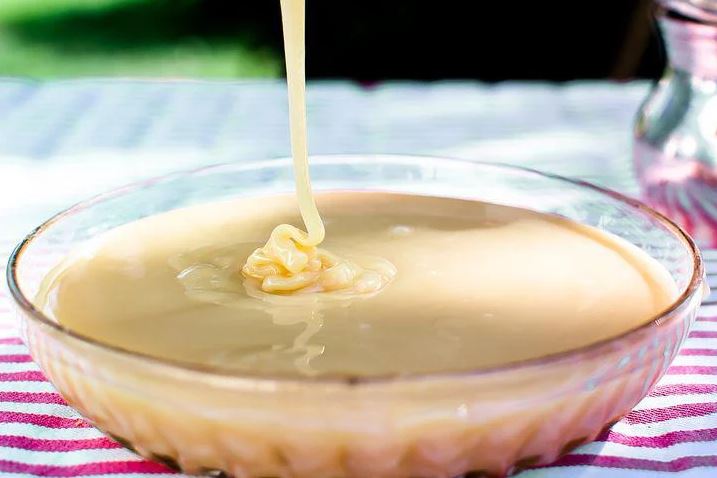Mawa (khoya) is the main ingredient in traditional Indian sweets, also known as mithai. It gives the recipe a silky smooth texture as well as a milky flavor. Khoya or Mawa are milk solids made by slowly cooking and evaporating the moisture from milk. Mawa can be found in a variety of recipes.
Basics
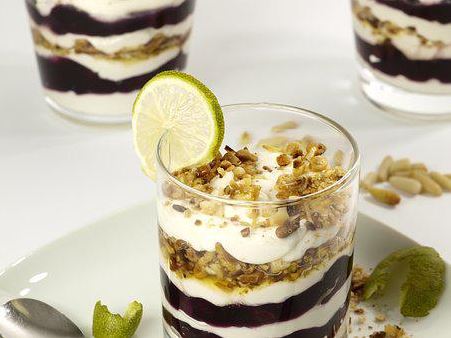
Mawa is another name for khoa or khoya, which is a milk byproduct commonly used in Indian desserts. Mawa is thicker than regular milk and has a similar consistency to ricotta cheese or paneer, a soft Indian cheese. To make solid mawa, combine full-fat milk powder or whole milk powder with heavy cream, evaporated milk, or a small amount of liquid whole milk and knead until doughy.
Khoa, khoya, khowa, or mawa is a dairy food popular in Indian subcontinent cuisines including India, Nepal, Bangladesh, and Pakistan. It is made from dried whole milk or milk that has been thickened by heating in an open iron pan. It has less moisture than typical fresh cheeses like ricotta. It is made from whole milk rather than whey.
Nutrition

There are significant nutritional differences between traditional nonfat milk powder and milk mawa powder. A 30-gram scoop of nonfat milk powder, which is slightly more than 1/4 cup and can make about 1 cup of liquid milk, contains no fat, 6 milligrams cholesterol, approximately 15.5 grams sugar, approximately 11 grams protein, and 108 calories. The equivalent amount of mawa milk powder or whole milk powder contains 9 grams of fat, 30 milligrams of cholesterol, 12 grams of sugar, 8 grams of protein, and 150 calories. Nonfat milk powder is a healthier option than mawa powder due to its higher protein content and lower fat and calorie counts. The USDA recommends that consumers choose low-fat or nonfat milk and dairy products over full-fat varieties, which have more “empty calories.”
Texture
Milk mawa powder may also have a different texture than regular milk powder. This is because mawa powder can be curdled before it is evaporated, resulting in a rough or granulated final texture. While nonfat and low-fat milk powders can clump after extended storage, they are smoother and have smaller granules.
Considerations
It’s important to understand that mawa comes in several varieties, and not all of them have the same texture, characteristics, taste, or nutritional value. Non-powdered mawa may contain some buffalo milk and have a higher fat content and a less “grainy” texture. According to Chef in You, a smooth and rich version of mawa can also be made using only liquid whole milk that has been reduced and curdled.
Various Types of Mawa or Khoya:
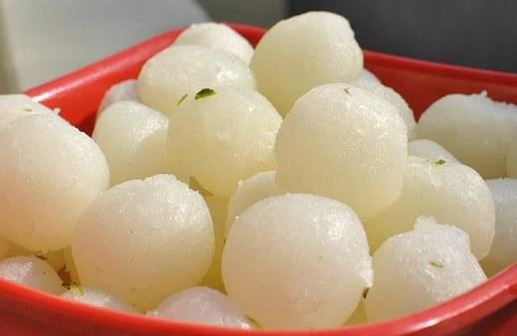
• Hard khoya is very firm and solid, so it can be crumbled or grate. It is made by diluting the milk by 15 parts. We’re making hard mawa today. It is used to make burfi, peda, ladoo, and other desserts.
• Hariyali khoya, also known as chikna mawa. If you’re making soft mawa, stop reducing the milk a little earlier than the stage listed below. This mawa is commonly used in shahi or royal gravy (savory dishes).
• Danedar mawa, also known as granular khoya. It is made by adding alum or tartaric acid, which gives the khoya a granular texture. To make this type of khoya, one must be an expert. This is the type used to make traditional kalakand or granular burfi.
Mawa is Used in a Variety of Sweets:
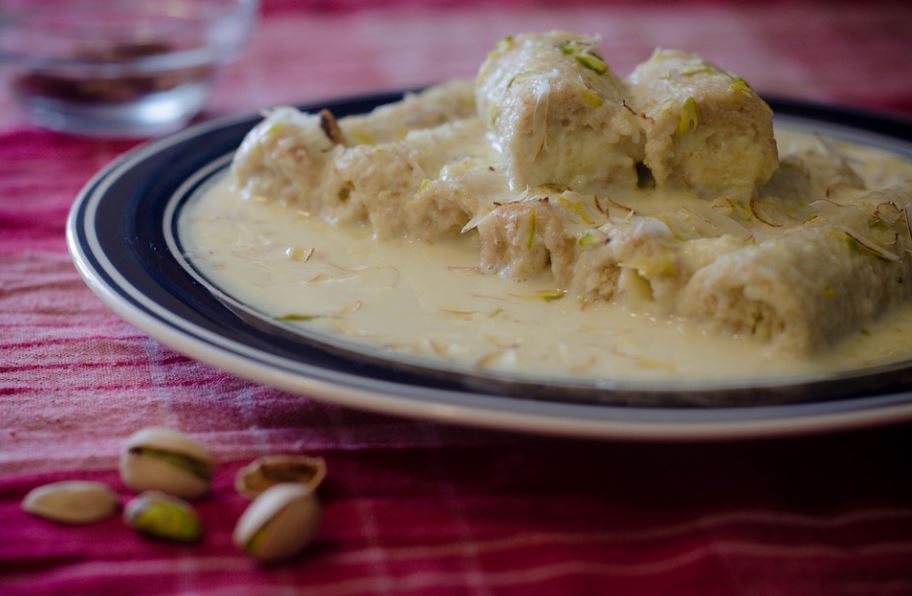
• Pedha is sweetened khoa formed into balls or thick disks (similar to patties) and flavored with saffron and/or cardamom.
• Gulab jamun, a round ball sweet made of khoa and deep fried before being soaked in rose water-flavored sugar or honey syrup. A popular Indian dessert.
• Although khoa is used to flavor barfi (or burfi), it is not the only ingredient. Typically, thickened fruit pulp or coconut shavings are added to khoa and slow cooked until the moisture evaporates sufficiently to give the consistency of fudge, allowing it to be flattened and cut into rectangles, parallelograms, or diamond shapes.
• Gujia, a fried sweet dumpling filled with khoa and nuts. A very popular sweet that is usually prepared during Holi.
• Halwa is essentially a thickened fudge made by adding khoa to wheat starch or cornstarch and sugar syrup to give it a dairy-like taste and texture. Most halva recipes, however, omit the khoa in favor of starch and sugar, as well as slivered nuts, spices like cardamom and/or saffron, and flavorings like rose water and screwpine.
• North Indian main course dishes such as khoya paneer, Makhmali Kofte, and Khoya Matar.
• Naan roti stuffed with khoa is a specialty of Bangalore’s Muslim bakers.
• Cream Bell Ice Creams of India sells Royal Rajwadi ice cream, which has thick layers of cold pressed Mawa covered in a thin layer of Indian Kulfi ice cream.
Step-by-Step Instructions for Making Milk Mawa:
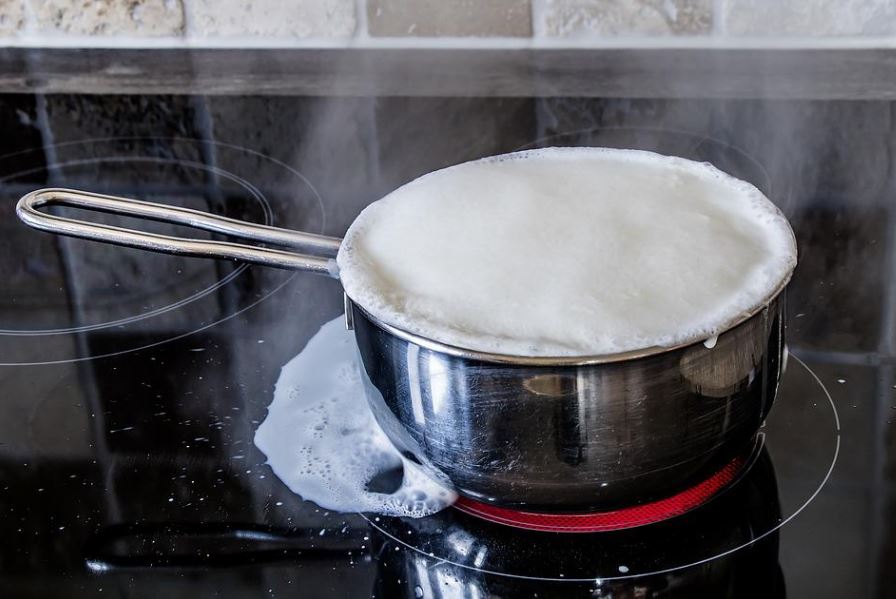
Ingredients
• Full-fat milk – Avoid using cow milk because the water will take a long time to burn. Above all, when using cow milk, the yield is lower. Use whole milk. When compared to cow milk, the yield is higher.
• Milk Cream (Malai) – For milk cream, use full-fat milk. The goal is to increase yield. However, more cream means more ghee will be released. If you don’t take proper precautions, you might end up burning the mawa.
Procedure
1. Begin with a heavy-bottomed nonstick pan. In a medium-sized saucepan, heat the milk.
2. Once it reaches a boil, reduce it on a medium-low flame. Continue to stir every 3-4 minutes. If possible, use a wider spatula, such as the one I’m using. As a result, it will cover a larger area of the bottom pan while stirring, making your job easier. If you use a very small spoon or spatula, you may miss some of the bottom surfaces, causing milk to stick and burn.
3. Don’t forget to stir while scraping the bottom and sides of the pan.
4. Continue to stir and cook until it becomes solid or dense, like halwa. You will have the impression that stirring requires little effort. Turn off the heat on the stove at this point. It took me 1 hour and 15 minutes to complete this task.
5. Transfer it to a separate bowl to cool completely. It will thicken and harden as it cools.
